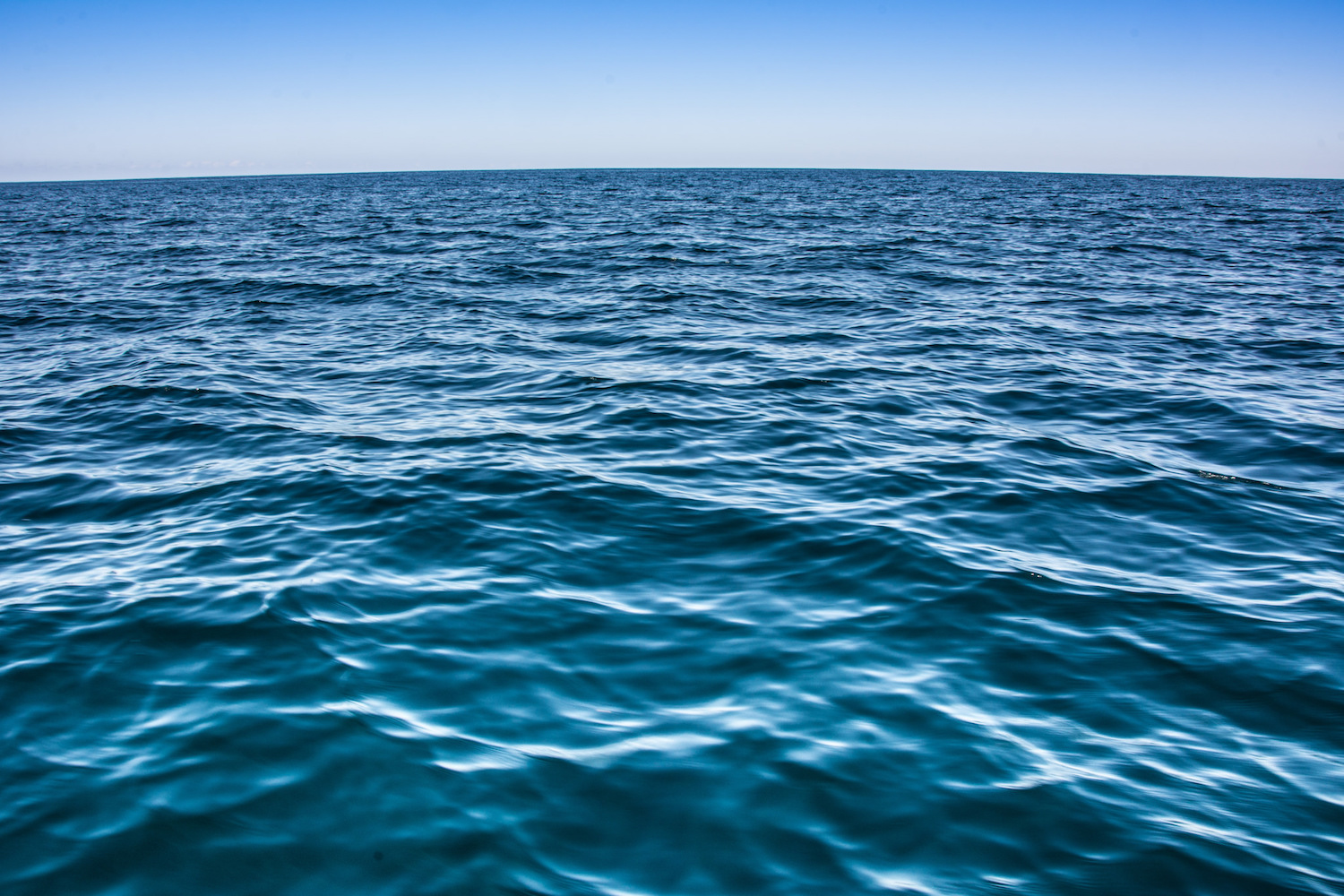 Earth & Space
Earth & Space
Microscopic Body-Snatchers Infest Our Oceans
Taking control of another body and using it (or part of it) to produce your own energy? What might seem a zombie-like practice is actually a common plankton behavior in oceans worldwide.

Recently we have found that our oceans are full of microscopic "body-snatchers" that are important members of the ocean's food-web.
The base of marine ecology rests upon the microscopic plankton. The origin of the term plankton is from the Greek word πλαγκτός meaning "I drift (myself)". Plankton are thus organisms that may be able to swim up and down within the water column but cannot swim against the current. Almost 50% of the oxygen we breathe is produced by marine plankton which have traditionally been viewed as "plant-like" microalgae. These food producing microalgae are then grazed by "animal-like" zooplankton which in turn are then consumed by fish.
It is now recognized that a large proportion of the single-celled plankton do not follow this simple plant-animal dichotomy. They are in fact mixotrophs. Mixotrophs are single-celled organisms that can photosynthesise like plants and "hunt" like animals within the one cell. While aquatic scientists have known about the existence of mixotrophs, traditionally these organisms have been considered as curiosities or "freaks" of nature and thus ignored in mainstream research. However, over the last 7 years, funded by the Leverhulme Trust, we have worked as an international network to expose the importance of mixotrophy in global oceans.
We have proposed a new classification for marine planktonic where mixotrophs play a central role in marine ecosystems; broadly these mixotrophs can be classified in to two types. The constitutive mixotrophs have the innate capability to photosynthesize; these are the "plants" that eat. The non-constitutive mixotrophs need to acquire photosynthetic capabilities from their prey; these are the "body-snatchers". Within this group, there are the generalists - which steal indiscriminately from different prey, and there are the specialists, which are "fussy" and acquire phototrophy from specific prey only.
The way these organisms acquire the photosynthetic factories differ as well. One group "steal" the chloroplasts from their prey during digestion and use these acquired chloroplasts to make food as do plants. Their acquired photosystems can last for days (generalists) to a few months (specialists), and in consequence, they must continuously acquire replacements. Another group enslaves whole photosynthetic prey communities within their single-celled body, drifting in the oceans like greenhouses. Examples of these mixotrophs include the forams and radiolarians - important planktonic organisms which over millennia have shaped and indeed continue to shape life on our planet, through their contributions to biogeochemical rock formations. Often the need for mixotrophy in these non-constitutive mixotrophs is essential, which means that, to survive, they need to photosynthesize.
As in any community, there are good and bad "body-snatchers". The "good" body-snatching mixotrophs like Laboea and Strombidium are important fish-food supporting fisheries. In contrast, the "bad" body-snatchers such as Dinophysis can be highly toxic, causing Diarrhetic Shellfish Poisoning resulting in the closure of shellfish aquaculture operations. The "green Noctiluca", more of an "ugly" body-snatcher forms massive blooms blocking the functioning of normal healthy ecosystems.
In our most recent study, we have mapped the non-constitutive mixotrophs. For the first time, we have carried out a biogeographical analysis of over 100,000 records pertaining to these "body-snatchers". We have mapped the presence of these mixotrophs across our oceans and found them to be present globally. What is of greater interest is that we have found the different forms of these "body-snatchers" dominate different parts of our oceans during different seasons. Thus, generalist body-snatchers dominate in high-productive systems such as coastal seas in summer while the specialists are dominant in the same region during spring. In contrast, the planktonic greenhouses dominate low-productive areas, such as oligotrophic gyres.
Overall, our analysis shows that marine researchers have been mislabeling ca. 50% of these particular mixotrophic organisms as microzooplanktonic "animals" when they are actually eating and photosynthesizing in the one cell. These good and bad body-snatching mixotrophs are making important contributions to primary as well as secondary production across global oceans and therefore should be recognized in marine ecology studies. Mislabeling these organisms as microzooplankton, especially within fisheries management and climate change models, could result in erroneous predictions with detrimental impact, for example, on our food security.
Original Article:
S. G. Leles et al., Oceanic protists with different forms of acquired phototrophy display contrasting biogeographies and abundance. Proceedings of the Royal Society B: Biological Sciences 284, (2017)Edited by:
Massimo Caine , Founder and Director
We thought you might like
The shape of the ocean: deep waters and their movement
Jul 31, 2018 in Earth & Space | 3.5 min read by Casimir de LavergneSeal poo unravels the microplastic journey through marine food webs
Oct 8, 2018 in Earth & Space | 4 min read by Sarah NelmsWarm waters hide in the unlikeliest of places – under the Arctic sea ice
Jul 31, 2019 in Earth & Space | 3.5 min read by Mary-Louise TimmermansMore from Earth & Space
Discovery of the first radiation belt beyond the Solar System
Jan 27, 2025 in Earth & Space | 3.5 min read by Juan Bautista Climent OliverOne million (paper) satellites
Jan 24, 2025 in Earth & Space | 3 min read by Ewan Wright , Andrew FalleVolcanic Ash: A Nutrient Boost for Reef-Building Corals
Sep 18, 2024 in Earth & Space | 4 min read by Frank Förster , Tom SheldrakeAmmonia Energy: A Call for Environmental Awareness
Aug 29, 2024 in Earth & Space | 3.5 min read by Matteo Bertagni , Robert Socolow , Amilcare PorporatoLikely increase in coral thermal tolerance at a Pacific archipelago
Dec 29, 2023 in Earth & Space | 3 min read by Liam LachsEditor's picks
Trending now
Popular topics


